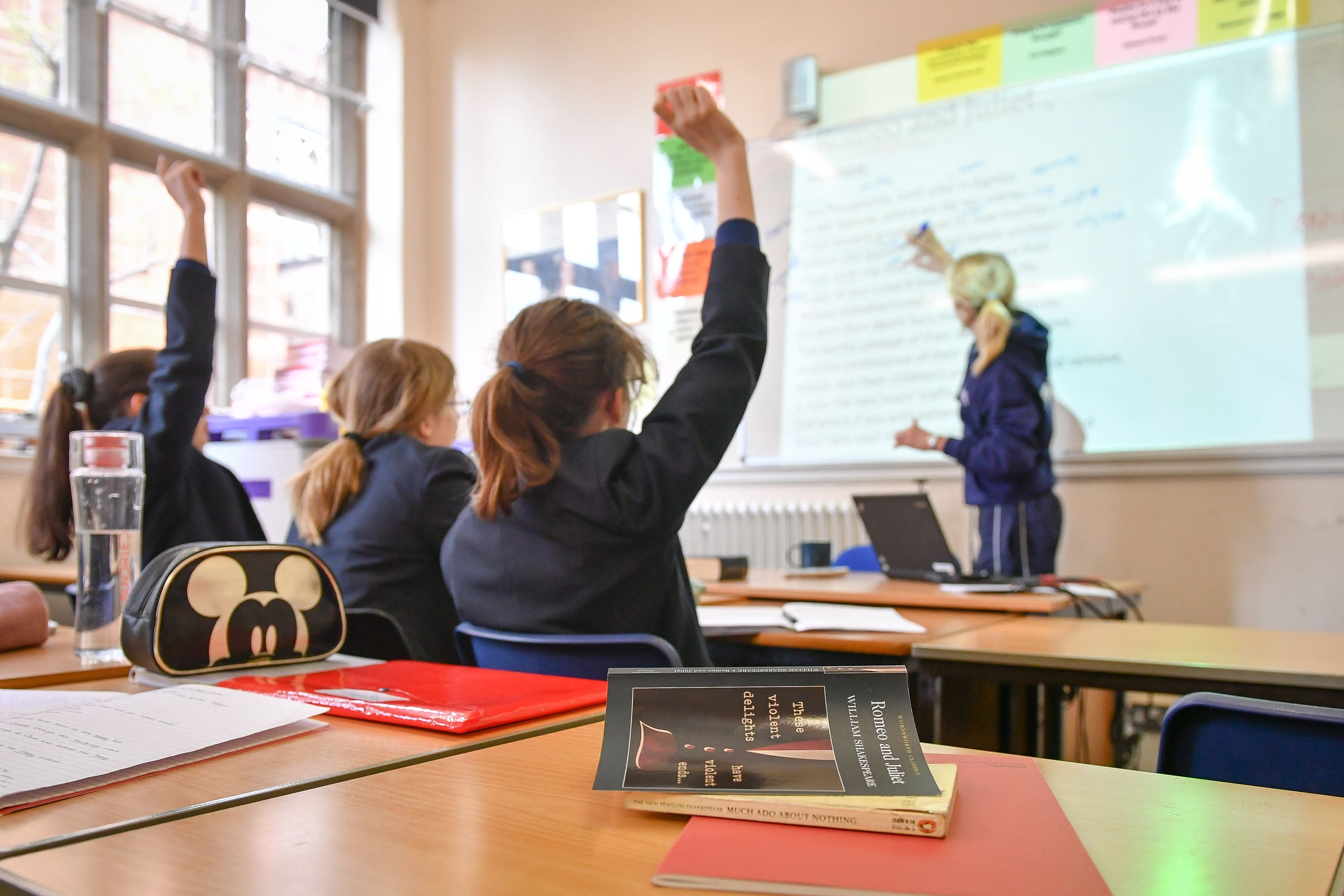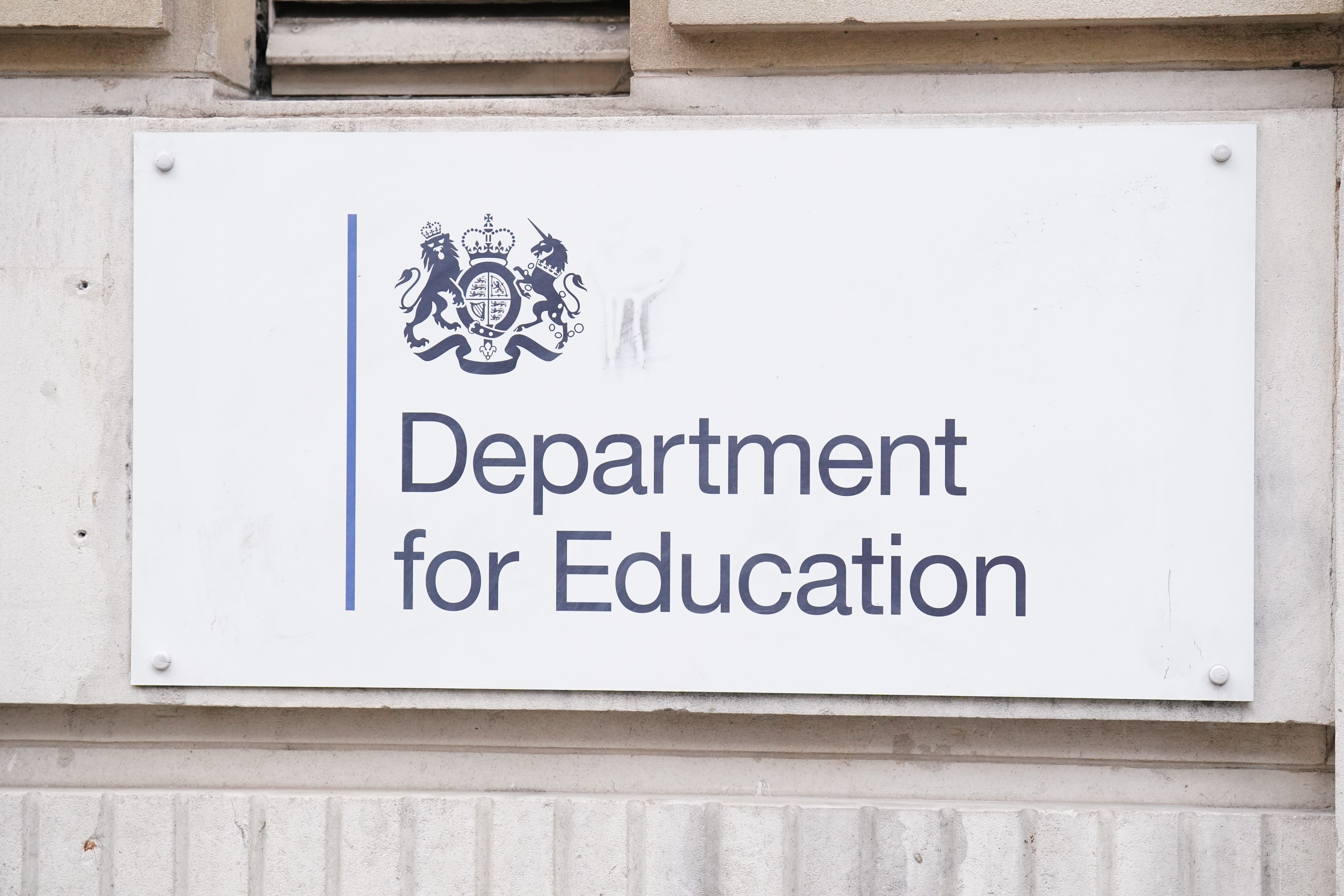Disadvantaged children further behind in school than a decade ago despite £9bn spent, watchdog finds
The Department for Education (DfE) does not have a strategy to tackle the problem, a report from the National Audit Office has warned
Your support helps us to tell the story
From reproductive rights to climate change to Big Tech, The Independent is on the ground when the story is developing. Whether it's investigating the financials of Elon Musk's pro-Trump PAC or producing our latest documentary, 'The A Word', which shines a light on the American women fighting for reproductive rights, we know how important it is to parse out the facts from the messaging.
At such a critical moment in US history, we need reporters on the ground. Your donation allows us to keep sending journalists to speak to both sides of the story.
The Independent is trusted by Americans across the entire political spectrum. And unlike many other quality news outlets, we choose not to lock Americans out of our reporting and analysis with paywalls. We believe quality journalism should be available to everyone, paid for by those who can afford it.
Your support makes all the difference.The attainment gap between disadvantaged children and their peers is wider than it was a decade ago, despite around £9 billion being spent on the problem over the last year, a damning report has found.
The Department for Education (DfE) does not have a strategy to tackle the problem or “monitoring to understand how much it spends”, according to the public spending watchdog the National Audit Office. The attainment gap measures the educational outcomes of those eligible for free school meals and compares them with pupils who have never received free school meals.

The NAO said there are weaknesses in the department’s approach to tackling the issue, claiming the DfE has no clear rationale for how it allocates funding.
In 2023-24, there were 2.1 million children in state-funded schools identified as disadvantaged, which amounts to 27 per cent of pupils. The department spends around £60 billion each year to support all children across schools and early years settings.
In 2023-24, £9.2 billion of this was put towards narrowing the attainment gap between disadvantaged children and their peers. While the DfE made progress in narrowing the attainment gap in the years after 2010-11, it widened during the Covid-19 pandemic, having already begun to stall by 2018-19.
For key stage 4 pupils – the age children leave secondary school – the attainment gap is now wider than it was in 2011/12. While the gap for children leaving primary school has narrowed slightly in the past year, it remains wider than it was a decade ago, according to the NAO.
The DfE’s disadvantaged attainment gap indicator ranks all pupils to find the difference between the average position of disadvantaged pupils against their peers. The index score ranges from +10, which suggests every disadvantaged pupil has performed lower than every non-disadvantaged pupil, to -10.

A score greater than zero indicates that disadvantaged children, on average, have lower levels of attainment than their non-disadvantaged peers. In 2011/12, the attainment gap was 3.89 for school leavers but in 2022/23, the attainment gap was higher at 3.94.
The watchdog’s report said: “Although DfE has reduced the disadvantage attainment gap as a strategic priority, it does not have a strategy, theory of change, or monitoring to understand how much it spends on interventions; how interventions align; or schools’ and early years providers’ capacity to do more.
“As a result, there is no clear rationale for how DfE splits funding between, for example, early years and schools. It also makes it difficult for DfE to prioritise and present a clear case for wider interventions across government.”
The report also warned of a significant increase in disadvantaged children’s absence from schools, something that has become more of a challenge since the Covid-19 pandemic. Disadvantaged children are more likely to be absent, and more than four times more likely to be permanently excluded, the NAO report said.
The watchdog recommends the DfE “take a clearer whole-system approach”, calling for it to “more clearly [set] out how the range of its interventions come together”. It also urges the DfE to prioritise “clear, evidence-based decisions” to allocate funding more effectively.
A Department for Education spokesperson said: “Too many children are being held back by their background, and this report shines a light on the work that is needed to break down barriers to opportunity and improve the life chances of all children.
“We will deliver real change by integrating childcare and early years into the wider education system as a national priority, delivering free breakfast clubs in every primary school and by developing an ambitious strategy to reduce child poverty.
“This government is fully focused on supporting the most vulnerable and disadvantaged children, learning from the past and drawing from the NAO’s findings and recommendations.”

Join our commenting forum
Join thought-provoking conversations, follow other Independent readers and see their replies
Comments